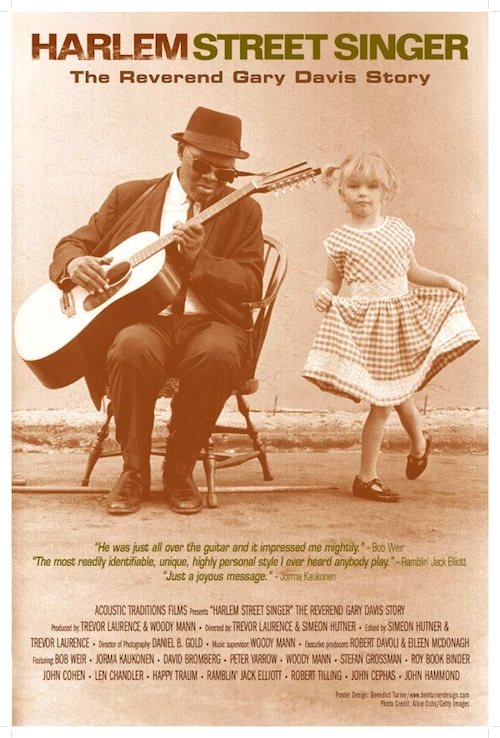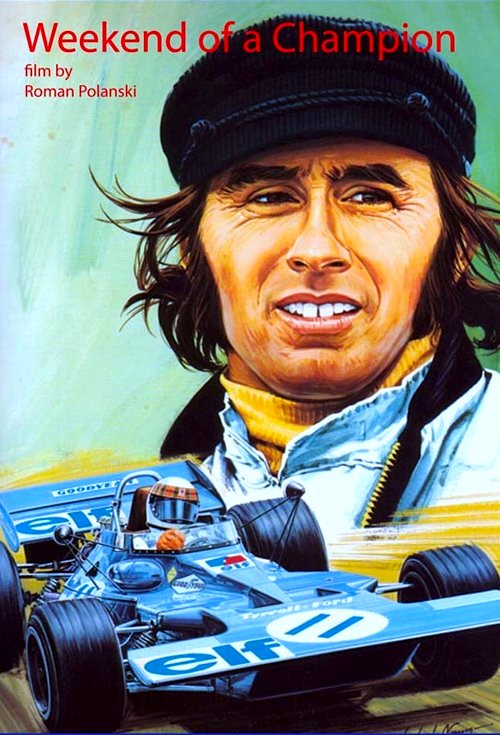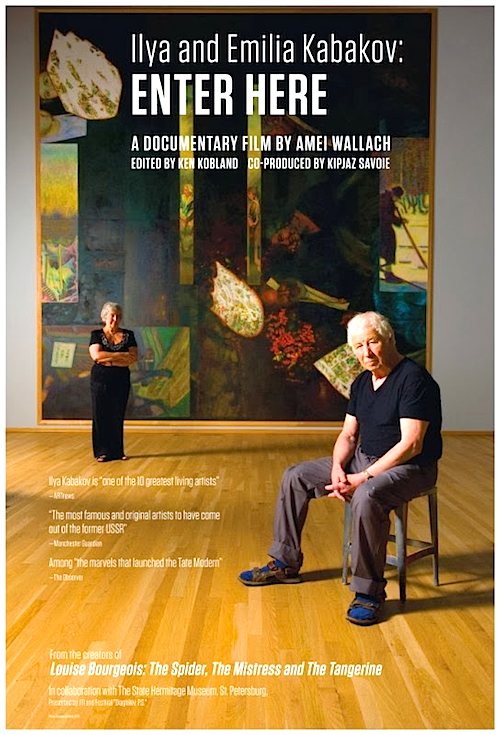By Joe Bendel. Probably the best established fact of Leonardo da Vinci’s mysterious life is his brilliance. It is hardly surprising that he has inspired quite a few speculative novels, films, and television shows from the likes of Dan Brown, Ron Howard, Roberto Benigni, and David Goyer. His art is instantly recognizable, but there are plenty of holes in the historical record, where stuff can be safely made up. Of course, that just won’t do for DOC NYC or the History Channel. Scrupulously adapted from da Vinci’s notebooks, Julian Jones gives viewers an impressionistic, 3D portrait of the great Renaissance artist in Inside the Mind of Leonardo, which screened on the final night of this year’s DOC NYC.
Raised by his single servant girl mother, Leonardo had little formal education, but maybe that was just as well, sparing him the burden of a lot of false preconceptions. Verrocchio certainly recognized his young apprentice’s talents. However, he was not nearly as prolific a painter as one might assume (or hope). His journals are another matter. The extensive da Vinci notebooks offered Jones and his co-screenwriter Nick Dear a treasure trove of material. With Oxford Professor Martin Kemp vetting for accuracy, they give viewers a good nutshell overview of the original Renaissance man’s life and abiding ambitions.
Forgoing familiar imagery, like Vitruvian Man, Jones and the animation team render da Vinci’s muscular sketches of birds in flight and humans in motion in evocative 3D, while Peter Capaldi performs extracts from the various codexes in the manner of a one-man stage play. Periodically, Jones also indulges in slow panning shots of modern day Florence and Milan, presumably to anchor the film in its specific locales. Unfortunately, these often feel like travelogue interludes that get a little snoozy at times.

On the plus side of the ledger, Capaldi is perfectly cast as da Vinci. He has always been a reliably intelligent presence, but here he vividly projects both the polymath’s arrogance and his melancholy world-weariness. When watching him in Inside, it is easy to see why he was selected to be the next Doctor Who. Once he has finished his run as the timelord, he should be able to take a da Vinci show on the road, much like Hal Holbrook’s Mark Twain.
Eschewing jerkins, Capaldi’s modern dress actually heightens the film’s intimacy. (He rather looks like he might be in his Doctor Who wardrobe, complete with a stylish scarf, but not the full Tom Baker, mind you). Inside works quite well when it really does go inside—either into da Vinci’s chambers or into the pages of his notebooks. When it goes outside, soaking up Tuscan landscapes and bustling Florentine street scenes, it waters down its atmosphere and character. Still, it is an interesting docu-hybrid and an unconventional (but sometimes effective) use of 3D. Recommended for art and history buffs, Inside the Mind of Leonardo is destined to have a limited theatrical release and an eventual airdate on the History Channel, following its premiere at DOC NYC 2013.
LFM GRADE: B
Posted on November 25th, 2013 at 9:46pm.




